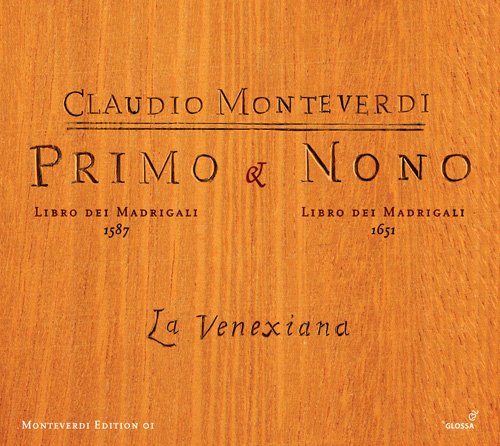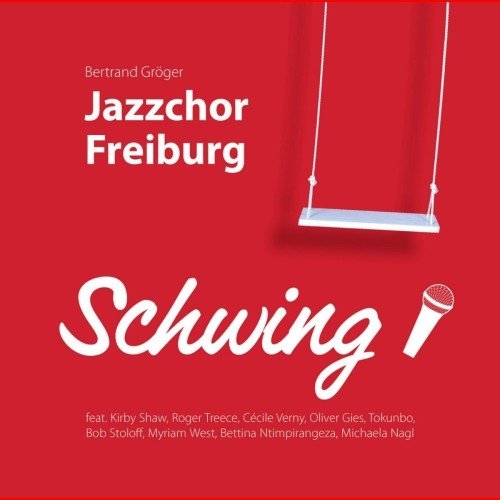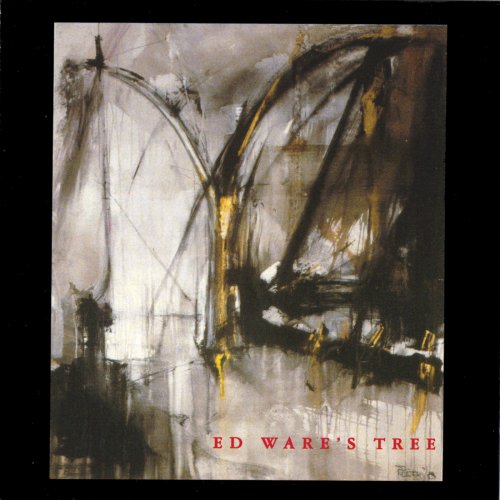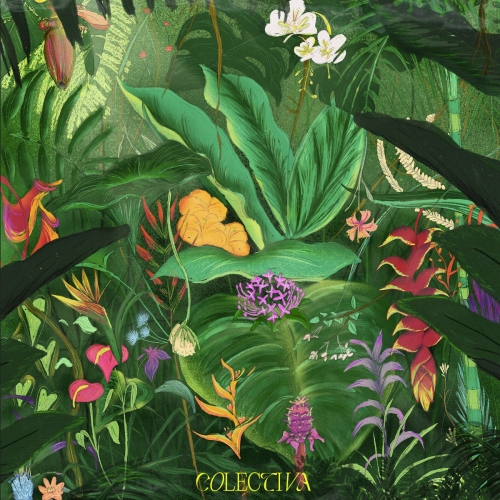La Venexiana & Claudio Cavina - Monteverdi: Primo & Nono Libro dei Madrigali (2008)

Artist: La Venexiana, Claudio Cavina
Title: Monteverdi: Primo & Nono Libro dei Madrigali
Year Of Release: 2008
Label: Glossa
Genre: Classical
Quality: FLAC (image + .cue, log, artwork)
Total Time: 73:04 min
Total Size: 310 MB
WebSite: Album Preview
Tracklist:Title: Monteverdi: Primo & Nono Libro dei Madrigali
Year Of Release: 2008
Label: Glossa
Genre: Classical
Quality: FLAC (image + .cue, log, artwork)
Total Time: 73:04 min
Total Size: 310 MB
WebSite: Album Preview
01. Primo Libro: Ch'ami la vita mia (2:08)
02. Se per avervi, ohime (1:36)
03. A che tormi il ben mio (2:09)
04. Amor, per tua merce (1:43)
05. Baci soavi e cari (2:35)
06. Se pur non mi consenti (1:41)
07. Filli cara ed amata (1:46)
08. Poiche del mio dilore (1:51)
09. Fumia la pastorella (3:17)
10. Se nel partir da voi (2:07)
11. Tra mille fiamme (2:05)
12. Usciam, ninfe, omai (1:51)
13. Questa ordi il laccio (1:48)
14. La vaga pastorella (2:12)
15. Amor s'il tuo ferire (1:39)
16. Donna, s'io miro voi (1:21)
17. Ardo si, ma non t'amo (4:03)
18. Nono Libro: Bel pastor (4:34)
19. Zefiro torna (5:13)
20. Alcun non mi consigli (3:19)
21. Di far sempre gioire Amor (2:10)
22. Quando dentro al tuo seno (2:02)
23. Non voglio amare (1:29)
24. Com'e dolce oggi l'auretta (2:48)
25. Alle danze, alle gioie (3:35)
26. Perche se m'odiavi (2:41)
27. Si, si, ch'io v'amo (1:40)
28. Su, su, pastorelli vezzosi (3:29)
29. O mio bene, o mia vita (4:12)
In bringing together the First and Ninth Books of Madrigals by Claudio Monteverdi it is tempting to ask the question whether some common denominator exists which is capable of encircling the entire range of ideas expressed by this journey, the duration of which lasted for over half a century. Monteverdi himself offered a clue to this question in a letter dated December 1616, where he wrote: “How will I be able to imitate the conversing of the winds if they speak not? And across them, will I be able to stir the emotions?” It is precisely his passion for the written word which guided the composer all through his career. Themes such as the world, feelings, the entirety of life, are revealed in a constant stream of words that are sung, cried, whispered, hushed and dreamt. Their rhythm, sonority and colour represent, for Monteverdi, direct proof of the mobility of the emotions, the primary material on which the composer needs to work.
Published in 1587 in Venice by Angelo Gardano, the Madrigali a cinque voci… Libro primo acts as the departure point of an exploration which was to change the face of the genre over the following decades, voyaging towards new horizons in which not only music but the actual vision of the world itself was to become irrevocably altered.
The Monteverdian voyage with the madrigal concludes with a posthumous (albeit detachable) chapter. Published by Alessandro Vincenti in 1651, the Libro Nono was conceived without the involvement of the composer, who had died some eight years previously. The project was born from Vincenti’s desire to exploit the pull which the composer’s name was still exerting... -- [i][/i]
Published in 1587 in Venice by Angelo Gardano, the Madrigali a cinque voci… Libro primo acts as the departure point of an exploration which was to change the face of the genre over the following decades, voyaging towards new horizons in which not only music but the actual vision of the world itself was to become irrevocably altered.
The Monteverdian voyage with the madrigal concludes with a posthumous (albeit detachable) chapter. Published by Alessandro Vincenti in 1651, the Libro Nono was conceived without the involvement of the composer, who had died some eight years previously. The project was born from Vincenti’s desire to exploit the pull which the composer’s name was still exerting... -- [i][/i]

![Tomasz Stańko - Zamek mgieł (Polish Radio Sessions vol. 3/6) (2025) [Hi-Res] Tomasz Stańko - Zamek mgieł (Polish Radio Sessions vol. 3/6) (2025) [Hi-Res]](https://www.dibpic.com/uploads/posts/2025-12/1765795906_cover.jpg)

![Betty Carter - The Music Never Stops (2019) [Hi-Res] Betty Carter - The Music Never Stops (2019) [Hi-Res]](https://www.dibpic.com/uploads/posts/2025-12/1765896843_bcmn500.jpg)




![NYO Jazz - Live in Johannesburg (Live) (2025) [Hi-Res] NYO Jazz - Live in Johannesburg (Live) (2025) [Hi-Res]](https://www.dibpic.com/uploads/posts/2025-12/1765894703_zwp14vk90corb_600.jpg)